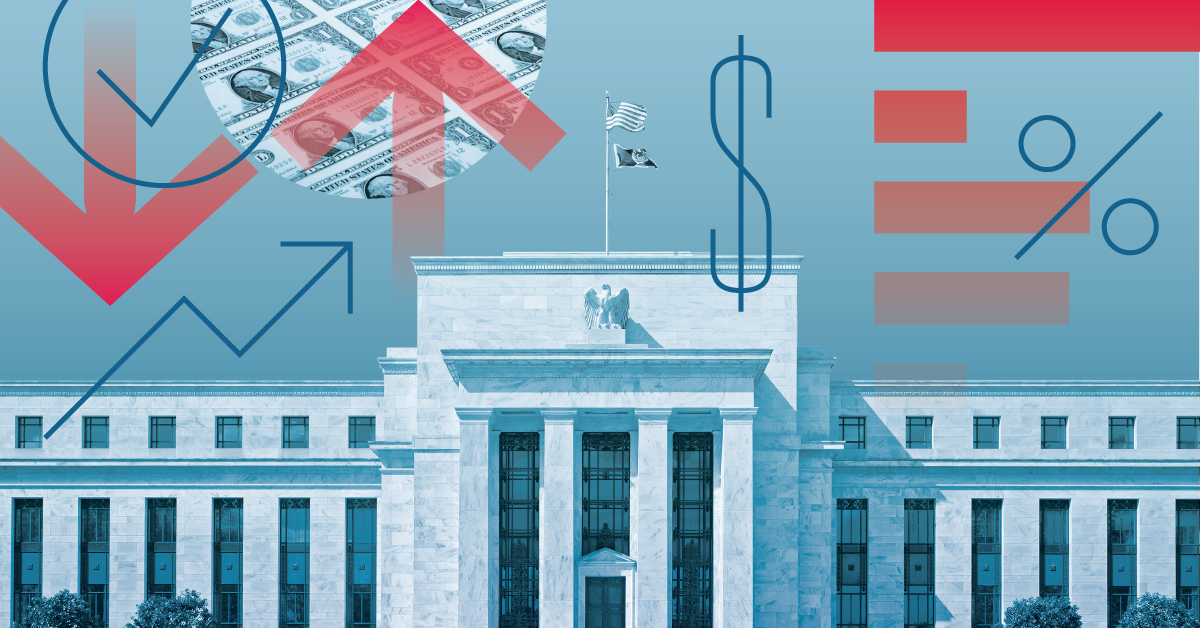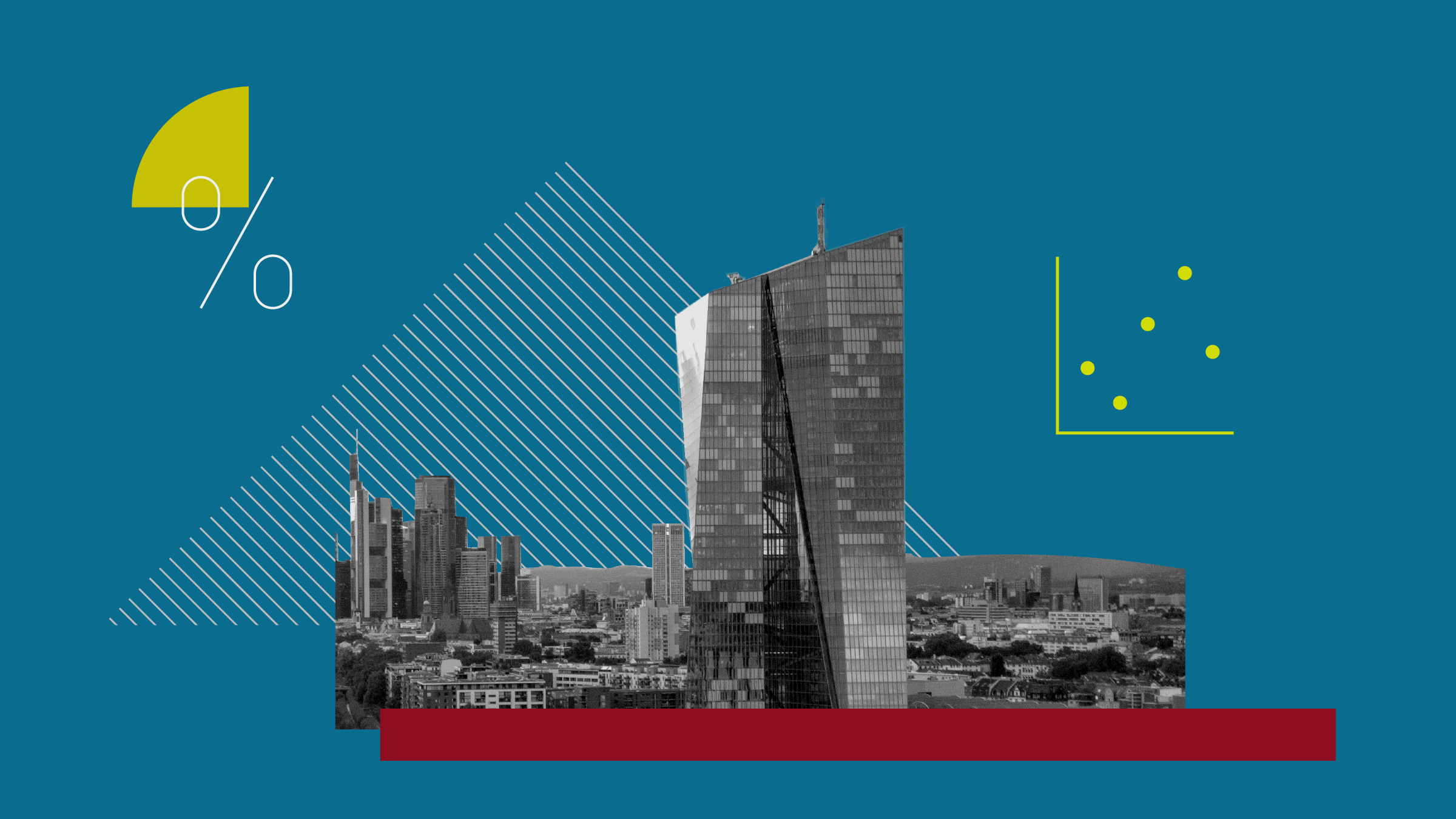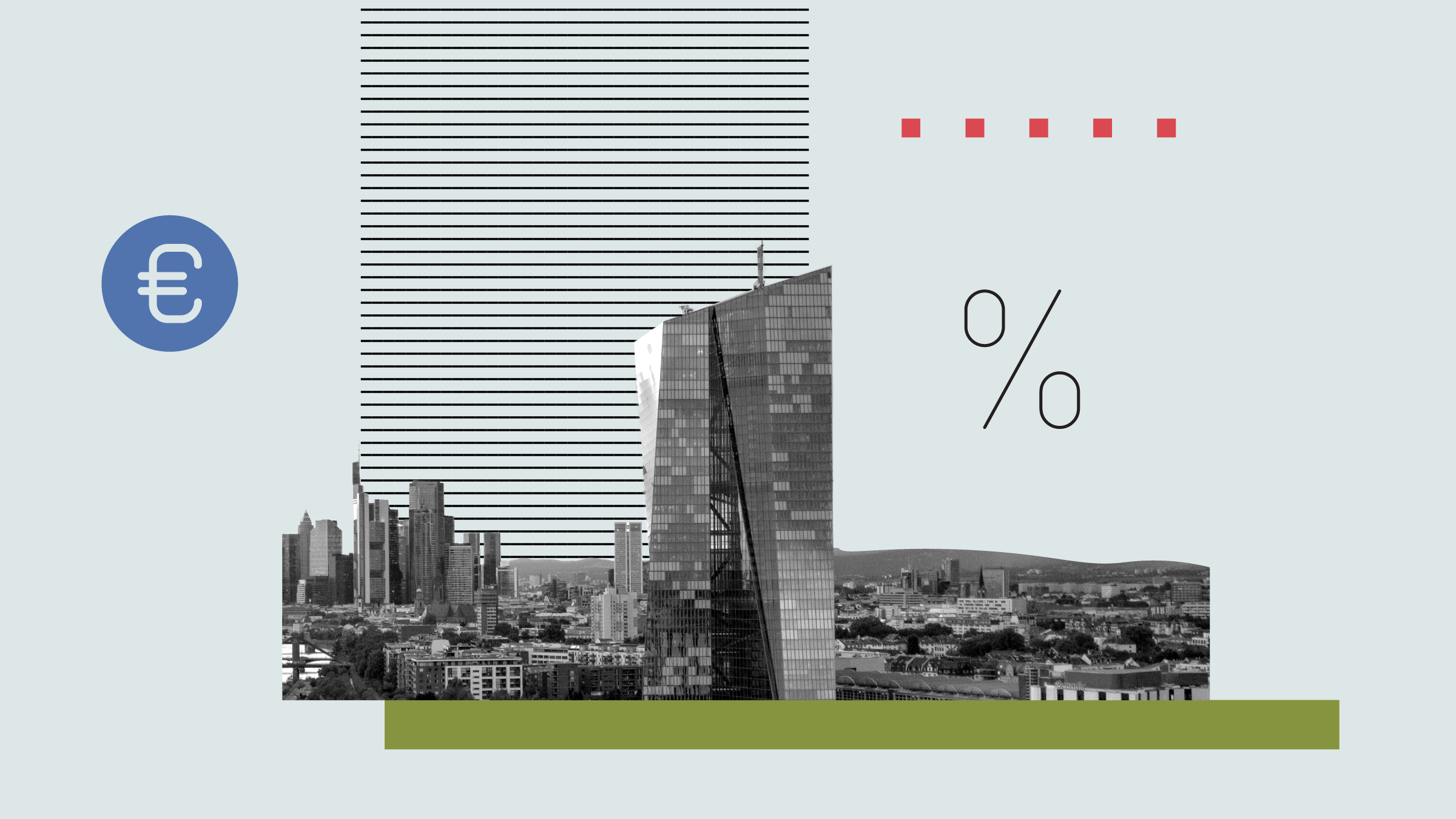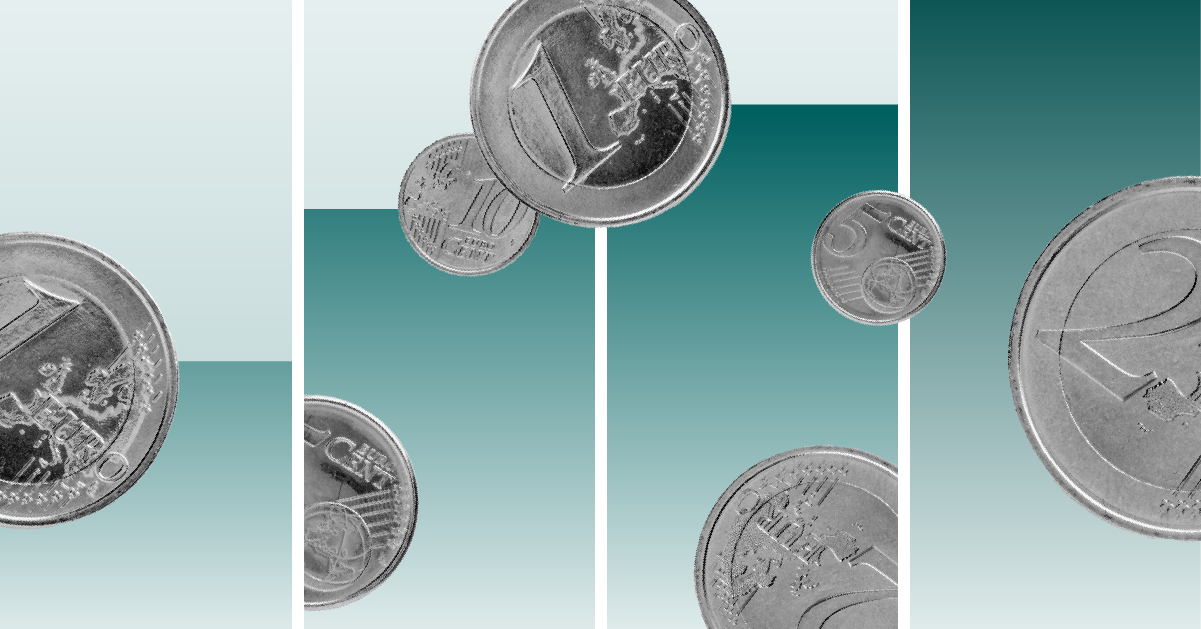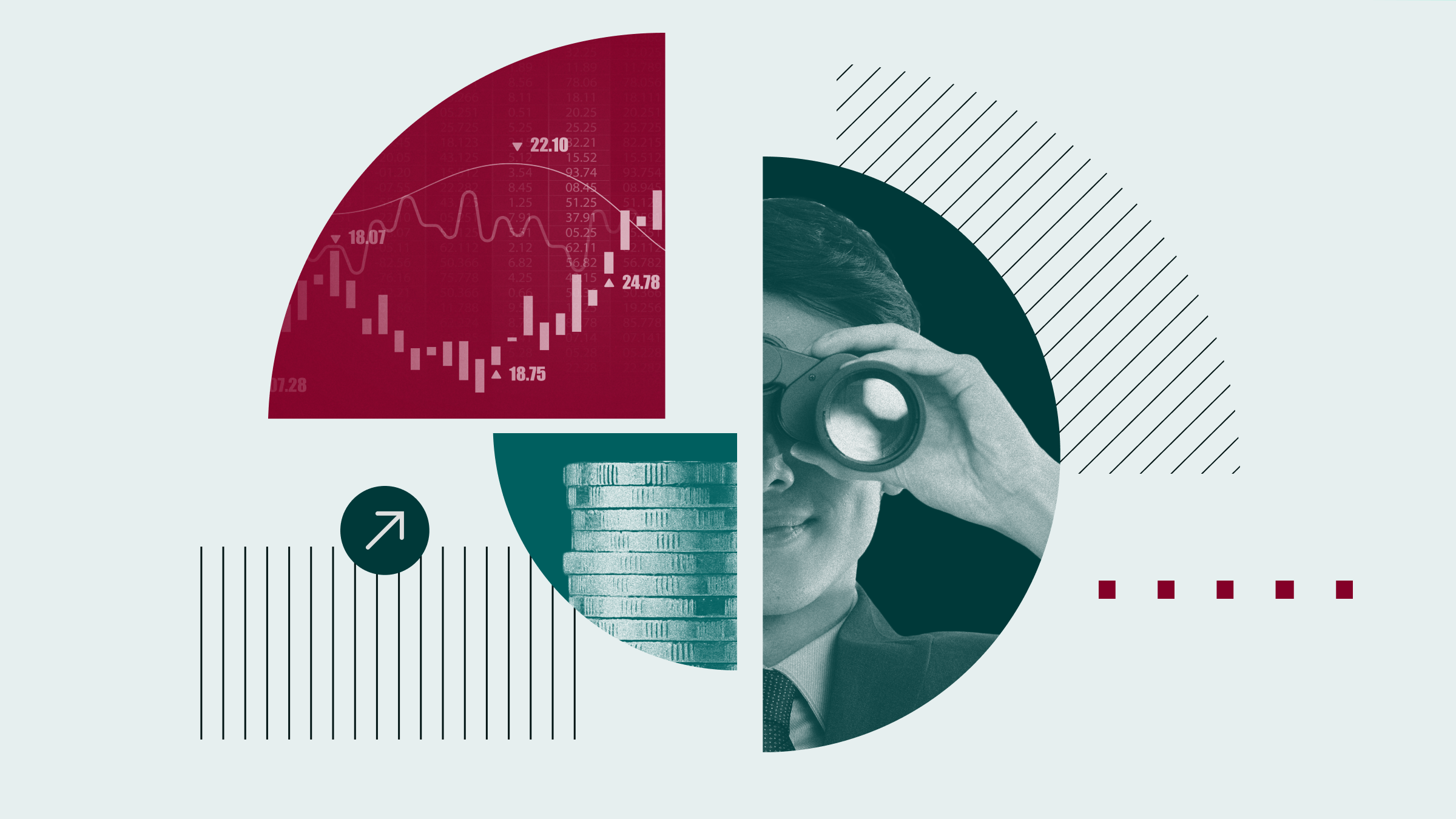Christine Benz: Now, I want to address a question I've been getting a lot from people who are already retired and that is, "how do you create a livable income stream from a portfolio in an era in which yields are really, really low today?"
So, it's definitely a conundrum. And first I want to talk about why this is happening, and there are a couple of big reasons. One is policy. So the Federal Reserve has its interest-rate policy that it sets, and in an effort to stoke the economy and get people out there borrowing, it has pushed its target interest rate down near zero. So that's one reason. And then another key reason is that people have been gravitating to very safe investments. And the net effect of that is that it pushes up the prices of safer investments, but it also pushes down their yields. So, this has made life really difficult for people who are retired and who had hoped to subsist, at least in part, on whatever income their portfolios throw off.
So, a couple of pieces of advice for people in this situation. First, I wouldn't expect it to get better overnight. There are a lot of headwinds facing the economy. I would expect that interest rates would stay down for a good long while here. And the fact is we have had a secular period of low interest rates, so it's something we've been living through for a while, but it has also gotten progressively worse over the past several years.
I would also caution against really chasing things that have much more attractive yields than you can find on safer investments today. So, given that we have seen some volatility in the market, we have seen yields rise on some types of investments. So, junk bonds, or low-quality bonds, have seen their yields pick up, real estate investment trusts now have pretty nice yields attached to them. These securities might be part of your portfolio, but I think you want to be careful about trying to extract all of the income you need from your portfolio using very risky investments. In general, these investments are volatile, and their fortunes tend to be really tied to what's going on in the economy and in the stock market. So, when the economy's down and the stock market is down, the prices on these securities are often down as well. So, be careful about just building a portfolio of high-yielding investments.
I think the best bet for retirees at this juncture is to take a step back and build a broadly diversified portfolio and bolt onto it a cash bucket that you can use for ongoing living expenses. In my work on morningstar.com, I often talk a lot about this Bucket strategy, and the basic idea is that I'm stepping back and thinking about, "How can I create a total return portfolio that is going to give me the best risk-adjusted return over my in-retirement time horizon?" And then periodically prune from it whatever looks ripe for the picking. So, maybe when yields get better, I'll be able to pull all of the income I need from yield-producing securities. In other environments, like in 2019, my best source of cash flow is the appreciated equity piece of my portfolio. So, the virtue of having the cash bucket attached to the total return portfolio is that I can use that as kind of a buffer zone if neither my income-producing securities or my equity securities are performing particularly well. That's the basic setup that I talk about when I talk about building a Bucket portfolio for retirement.
And in the model portfolios that I've done along these lines, I've typically earmarked a couple of years' worth of portfolio withdrawals in true cash investments, so no risk involved in these investments. I've just got two years' worth of portfolio withdrawals parked in CDs and money market funds, maybe online savings accounts--not taking any risks with this portion of the portfolio.
And then I'm stepping out on the risk spectrum a little bit from there. So, in my model portfolios, I've thought about having five to eight years' worth of portfolio withdrawals in short- and intermediate-term high-quality bonds. And the idea is that you're picking up a little bit more income and a little bit more volatility potential with this portion of the portfolio, but you're also protecting yourself a little bit from inflation. So, you are giving yourself a little bit more return potential with this portion of the portfolio.
So, if you have that two years' worth of cash and another five to eight years' worth of short-term and intermediate-term high-quality bonds, you've essentially built yourself a runway of, say, seven to 10 years' worth of living expenses in safer investments. That way, if stocks go down and stay down for a good long while, you could spend through those first two buckets before you would need to touch the stock bucket.
So, with this bucket strategy, you are holding any money that you would need for 10 years and beyond of retirement, you're holding that in stocks, but you're giving yourself enough of a buffer to ensure that you're not needing to touch stocks when they're down. So, that's the basic Bucket setup. I've done a lot of different versions of this on morningstar.com, not so much with an eye toward beating any other retirement income strategy that's ever been devised, but really as a means of showing investors how to create a sane portfolio in an era in which income production is really pretty sparse.






